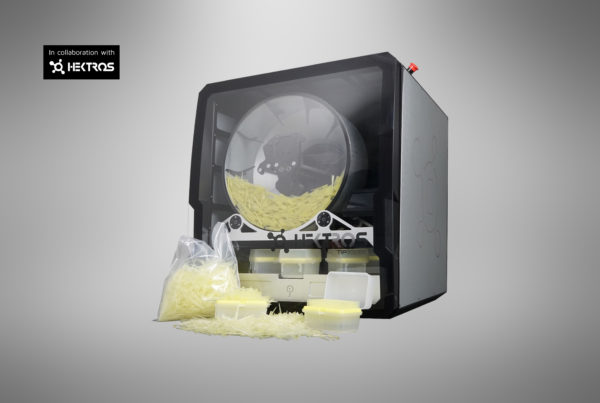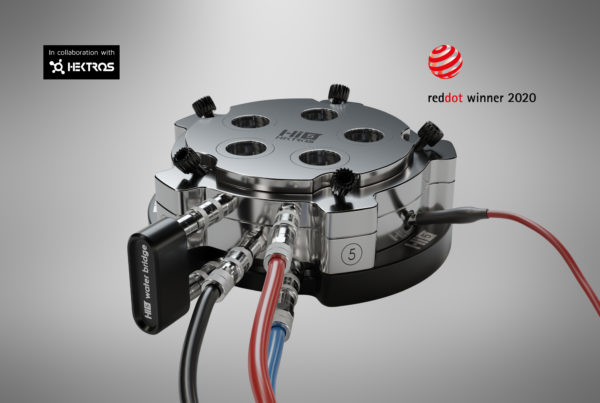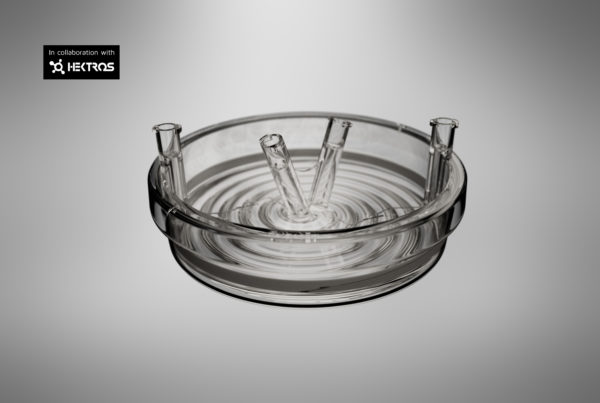A car is a complex object. The centre console is one of the most complex and least known parts of a car. Tratter had to develop as many as 43 different tools to create the current Audi TT’s centre console.
This project began almost 10 years ago, when a German manufacturer of injection-moulded parts turned into Tratter. Its mission: to create the highly complex tools necessary for casting the new Audi TT’s centre console. The tools had to meet the demands of the Ingolstadt-based company. They were particularly high requirements, given that the TT is one of the flagships of the Audi fleet and the centre console contributes significantly to the vehicle’s aesthetics, and therefore to the first impressions of every potential buyer.
The highest aesthetic standards
“For the aesthetic elements, i.e. those visible to passengers, first impressions are always very important,” says project manager Christian Hofer. They do not tolerate imperfections. Everything has to be perfect. Maximum precision and accuracy are required and, even when subjected to the high temperatures that can occur inside a car, its parts must not become deformed. There is also a special challenge, what experts call “graininess”. “The designer specifies the surface structures of visible parts, for example, an effect that imitates leather,” says Hofer. This structure must be engraved in the steel tools used for the injection-moulded parts, and they have to be accurate to within a millimetre, even if they are made by different manufacturers.
43 tools for a single part
What starts life as a simple 3D data file is an extremely complex project, in which the first question is whether or not it’s possible to produce a tool for the moulded parts. “We review the data, analyse feasibility and suggest possible improvements,” explains Hofer. Once they are approved, they have to be transformed into individual tools.
In the case of the Audi TT centre console, Tratter had to develop 43 tools. That’s a huge number, due on the one hand to the size of the part to be manufactured and, on the other, to the innumerable variables present in the range. In fact, there is not just one Audi TT, but an entire range up to the RS version, in which the console is reinforced with metal, decorated with genuine leather inserts and a whole range of finishes.
On the search for specialists
With so many different tools – large and small, more or less complex – not only does development require a great deal of effort, but manufacturing them is also a challenge. “Tool manufacturers usually have a field of specialisation, and it would therefore be impossible to entrust them all to a single manufacturer,” says the project manager. That’s where the Tratter team benefits from its experience. “We learned which tool is the best, depending on the manufacturer,” continues Hofer.
The Audi TT project involves half a dozen tool manufacturers scattered throughout Northern Italy. All of them need to be monitored, compliance with quality criteria must be checked, between 120 and 150 samples must be collected and each of them needs to be managed and supported. “For a project of this size, we can easily travel between 40,000 and 50,000 kilometres just to visit all the producers and the customer.”
Even when all the tools have been created, the development process is far from over. Tratter produces a pilot and prototype series on which all the necessary tests are carried out: welding and assembly, painting, deformation tests and, of course, all the crash tests. Only after all these checks are the tools mounted on the standard vehicle and tested again in that environment. There is no room for error in this field. “If a tool breaks, we can’t deliver any parts. That’s the worst possible scenario,” says Hofer, knocking on wood. Such cases must be avoided at any cost. Hofer smiles: “In some cases, we even deployed helicopters”.








